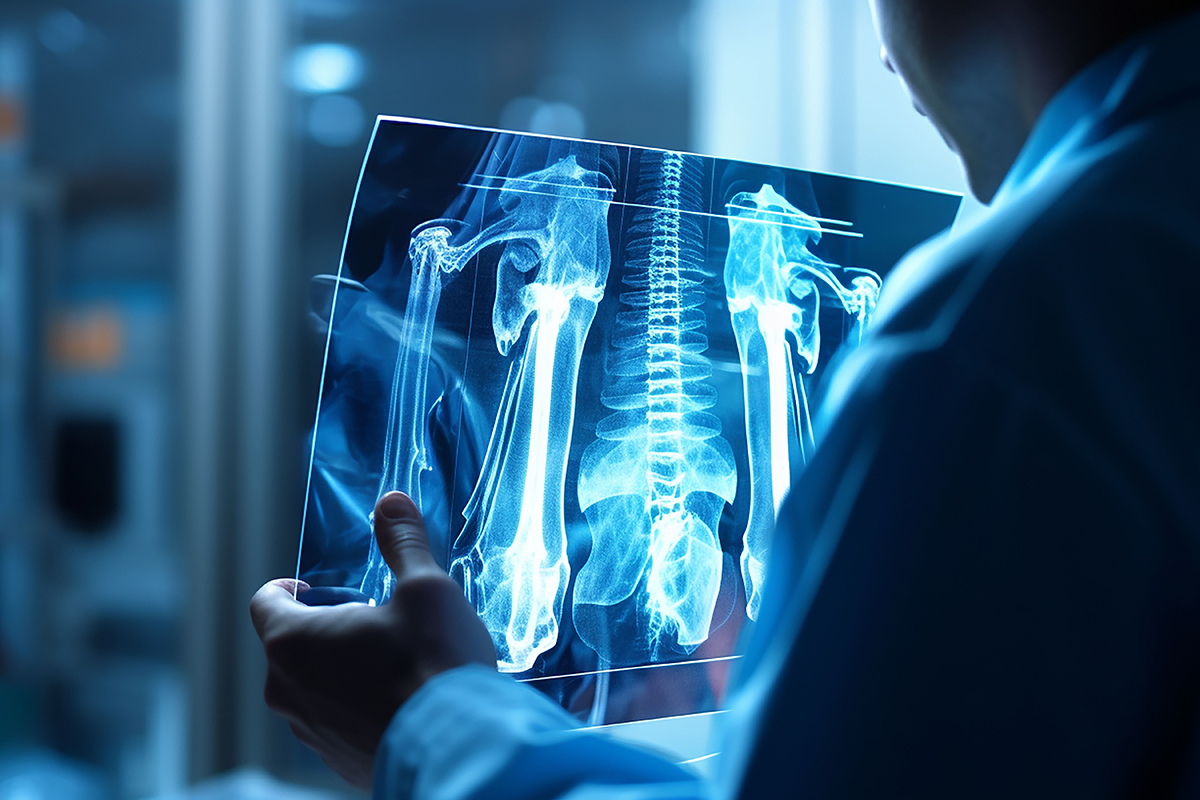
Everyone knows the importance of bone and joint health. It’s been drilled into us since we were children. But there are some popular misconceptions about how we can achieve and protect our bone and joint health. So what’s fact and what’s fiction? Let’s find out.
Calcium Alone Will Build Strong Bones
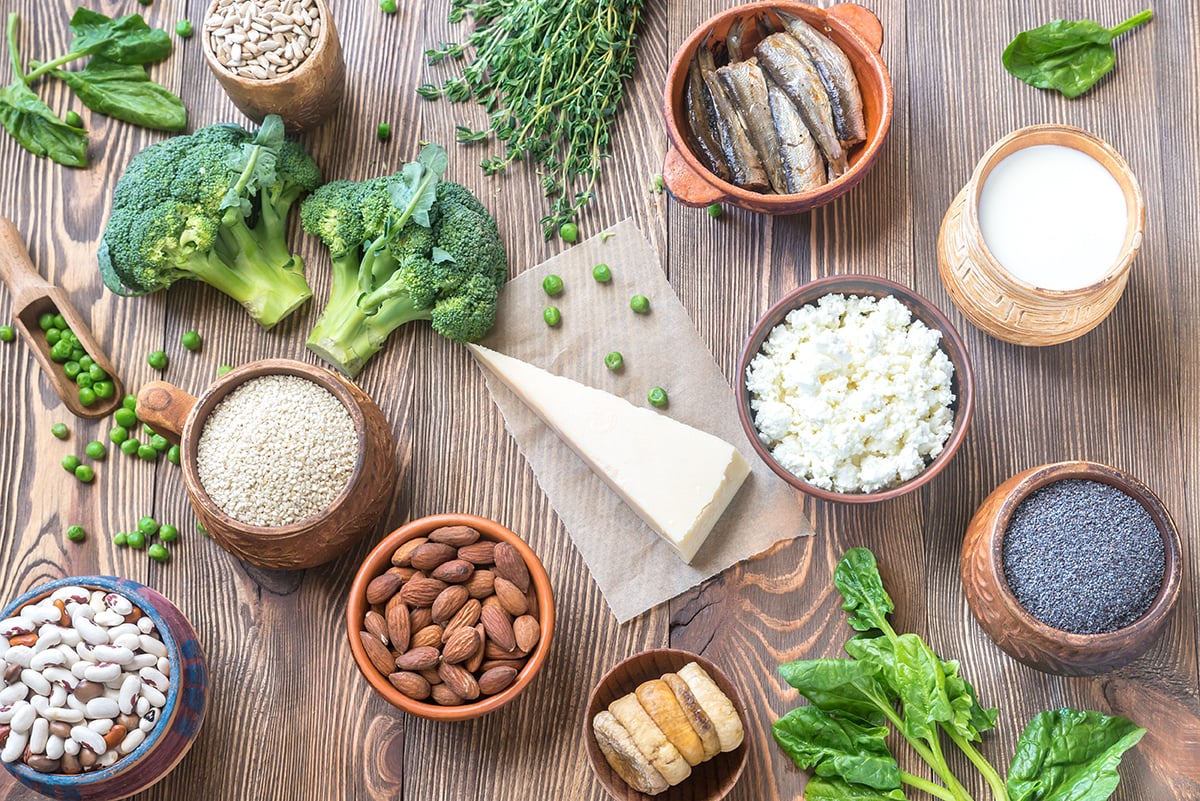
Calcium is key for strong bones, but it can’t do the job alone. Building and maintaining strong bones also requires Vitamin D, Vitamin K, magnesium, collagen, and other nutrients.
Additionally, weight-bearing exercise plays a significant role in bone health.
Dairy is The Only Source of Calcium
At this point, everyone knows how milk and other dairy products have benefits including being rich in calcium.
However, there are many other foods rich in calcium that is equally bioavailable, such as leafy greens (kale, spinach), fortified plant-based milks, tofu, almonds, and canned fish with bones. Many of these individual foods have less calcium per serving than dairy foods but a healthy diet with a mixture of these or with supplements can help you achieve your ideal calcium intake.
Bone Density Is the Only Indicator of Bone Health

This one would seem to be common sense. Healthy bones should be strong. So bone density should give us the full picture right?
While bone density is an important aspect of bone health, bone quality can tell us more. Bone quality contains a number of factors that can tell us about the health, strength and structural integrity of one’s bones. Aspects of bone quality include bone density, bone microarchitecture, bone mineralization, and bone collagen content.
You Can "Wear Out" Your Joints Through Exercise
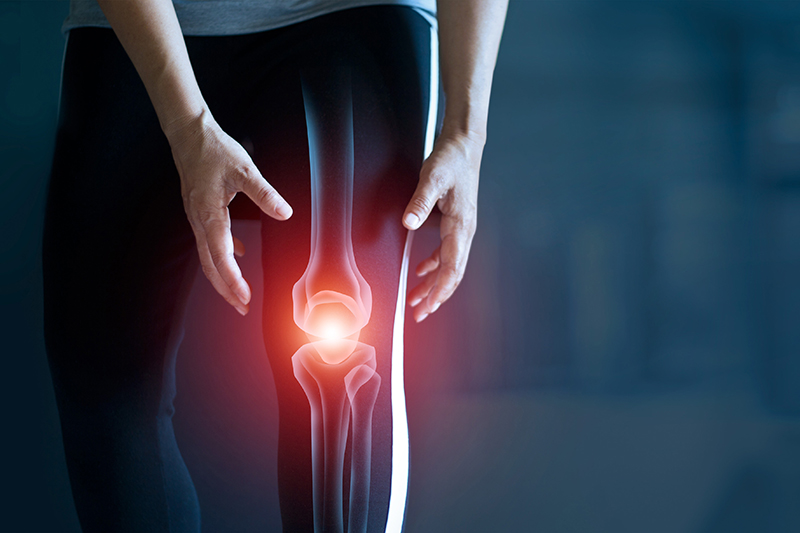
Many people think of joint tissues as a fixed resource that you deplete a little with every step you take. With this logic, exercise will wear it out even faster and just speed up the progression of arthritis.
However, exercise, especially when performed well with good form is beneficial for your bones and joints. Weight-bearing exercise leads to bone-remodeling and better bone quality. Exercise also helps with joint lubrication, strengthening connective tissues and reinforcing the muscles that support your bones and joints.
[READ: How Your Joints Benefit from Exercise]
You Should Avoid Exercise if You Have Joint Pain
While excessive or high-impact exercise can worsen joint pain, it’s not a reason to laze on the couch and fire up Netflix. Rest can be helpful for acute injuries, but prolonged inactivity can actually worsen joint pain and stiffness. Additionally, resulting weight gain will put more load on joints also adding to joint pain and strain.
A physical therapist may adjust your exercise routine to focus on lower-impact activities that don’t put as much strain on the affected area.
Some benefits of low-impact exercise include the following
- It’s a great choice for beginners
- It decreases the chance of bone fractures or breaks
- It improves flexibility and range of motion, which reduces the possibility of joint-related injuries
- It helps build strength and endurance while increasing cardiovascular health
- It requires less recovery time
- It can help you destress
Joint Pain is an Inevitable Part of Aging
While joint pain is more common for older people, it’s not inevitable. For example, the National Poll on Healthy Aging cites that only 70% of respondents reported having joint pain.
More specifically, arthritis quite literally means joint inflammation. So eating a healthy diet and limiting inflammatory foods is an important step in avoiding this painful joint condition. Other healthy lifestyle tips include maintaining a healthy weight, getting regular exercise and practicing good ergonomics for regular activities like using good posture while sitting at a desk.
Cracking Your Knuckles Causes Arthritis
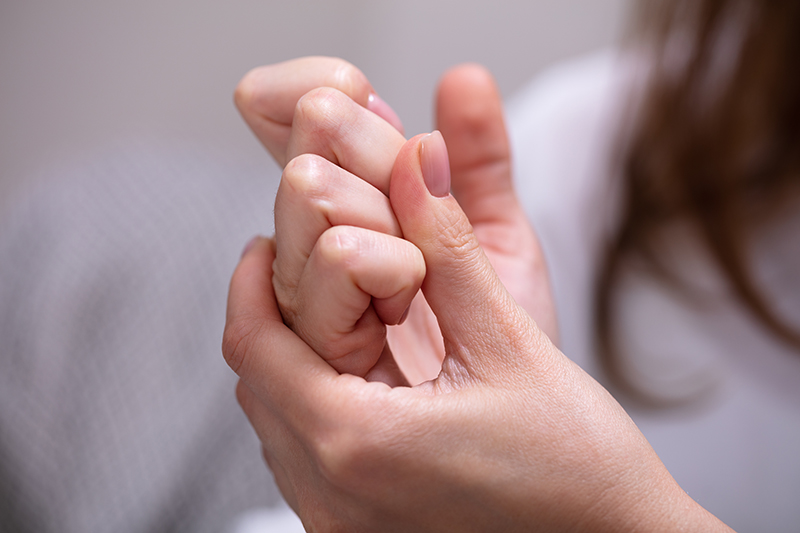
It’s a belief as old as time but as stated by Harvard Health, knuckle cracking probably won’t raise your risk of arthritis. But that doesn’t mean you can go knuckle cracking to your heart’s content. Excessive knuckle cracking may lead to reduced grip strength and several people have been injured while attempting to crack their knuckles.
[READ: Grip Strength and What it Says about Your Biological Age]
You Achieve Peak Bone Mass and Bones Don’t Change Until Well Into Old Age
Bone remodeling is normally discussed in the martial arts but everyone’s bones are actually under a constant state of remodeling. This means that at any given time a healthy bone is in a delicate balance between bone formation and resorption.
[READ: What is Peak Bone Mass and What Affects It]
Osteoporosis Only Affects Women
Osteoporosis is more common in women as a result of hormonal changes during menopause. Estrogen is essential for healthy bones and as levels change quickly during menopause, there are following rapid decreases in bone density.
However men can also develop Osteoporosis. The reason it develops in men isn’t as clear although there is a link between testosterone and bone health. Men continue to produce testosterone well into old age, but the risk of Osteoporosis is increased for men with low levels of testosterone.
Learn More About Osteoporosis Risk Factors
Those with Osteoporosis Shouldn’t Exercise Because It’s Too Risky

Disclaimer: If you already have Osteoporosis, check with your doctor before starting any exercise regimen.
There are exercises that can strengthen muscles and improve balance. Both of these can prevent fall risk. The CDC reports that there are roughly 36 million falls among older adults each year resulting in more than 32,000 deaths and 3 million emergency room visits.
Bottom Line
There is a lot of popular knowledge about bone and joint health. Many common sense beliefs, though, have been disproven in recent years so it’s always good to ask your doctor for advice about your bone and joint health concerns.
This article is provided for informational purposes only and is not intended to be used as medical advice. If you have immediate concerns about your health, please seek the help of your physician.
*These statements have not been evaluated by the Food and Drug Administration. This product is not intended to diagnose, treat, cure or prevent disease.
© 2023 Best in Nature All rights reserved




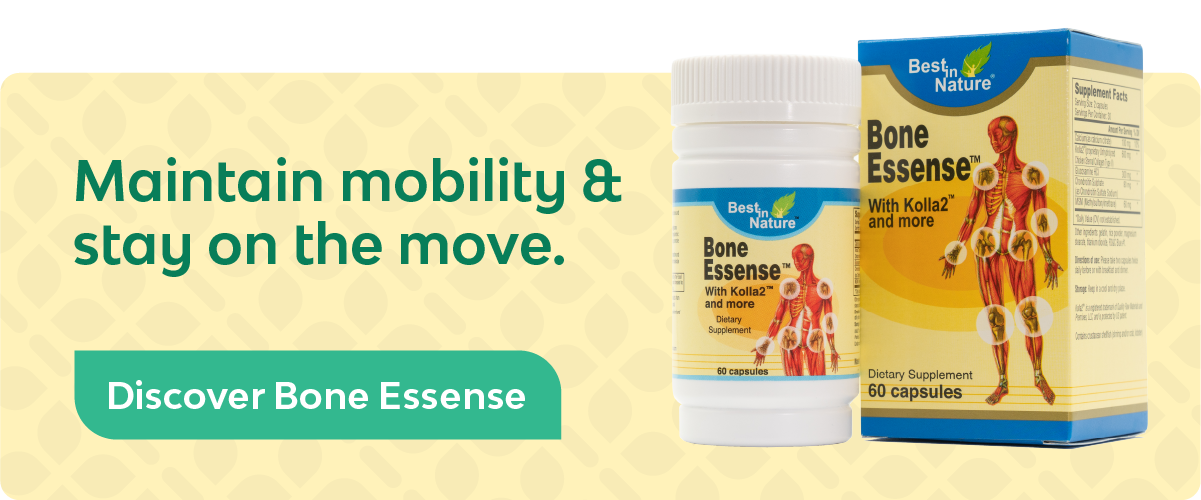
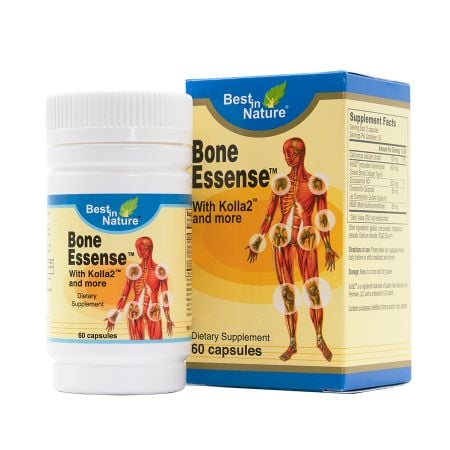
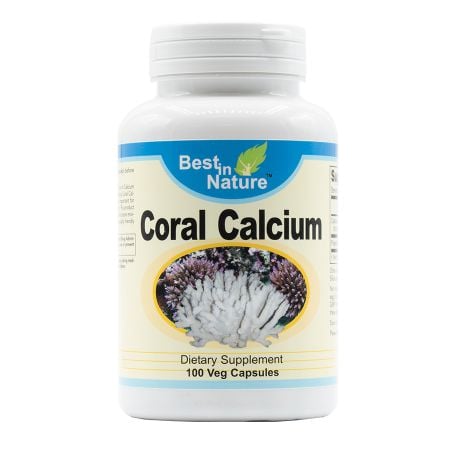
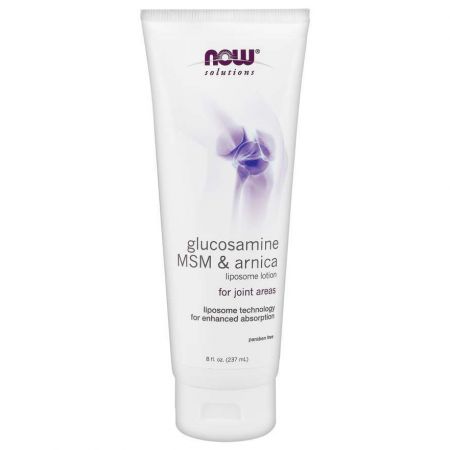
Validate your login
Sign In
Create New Account